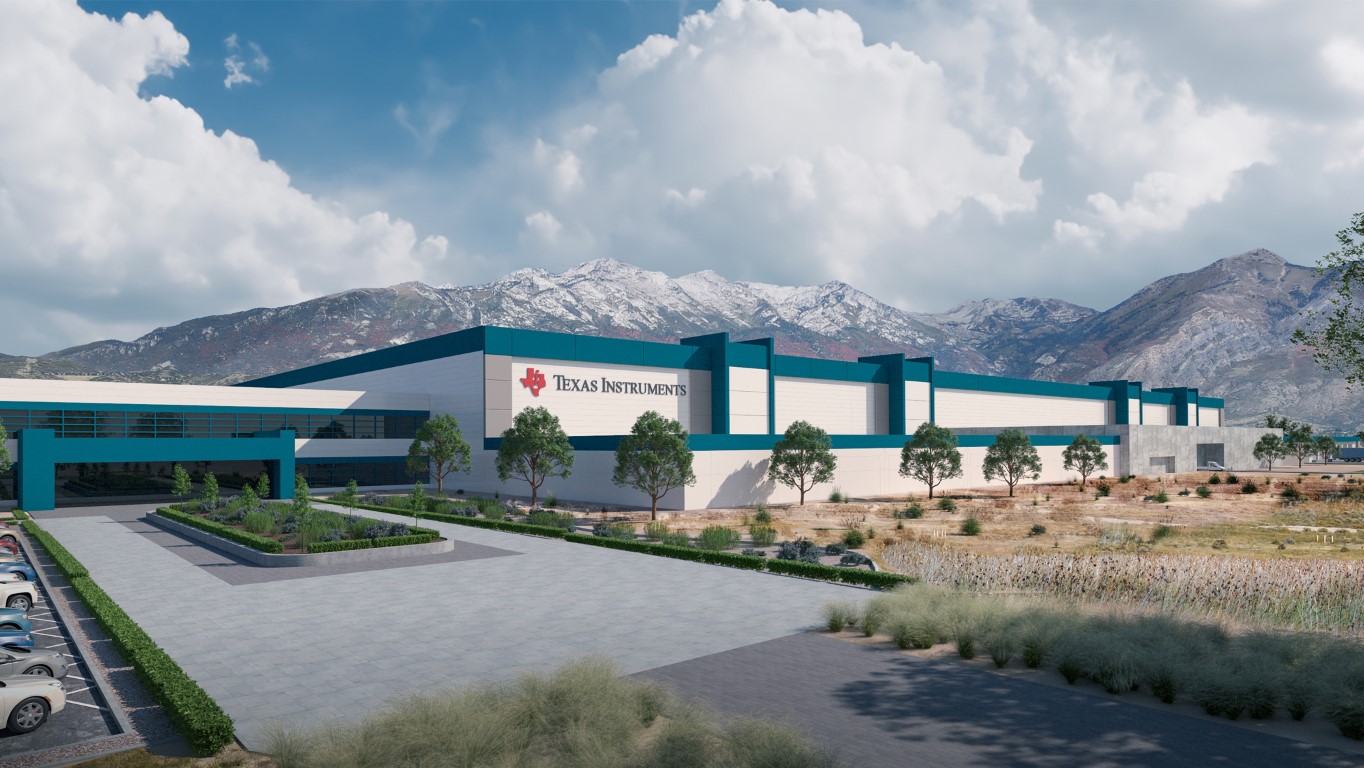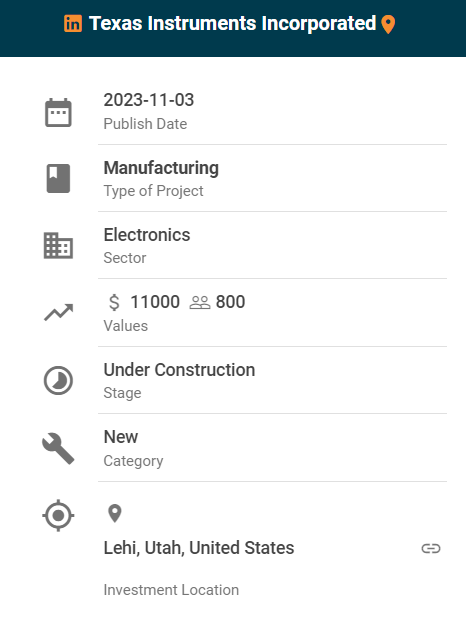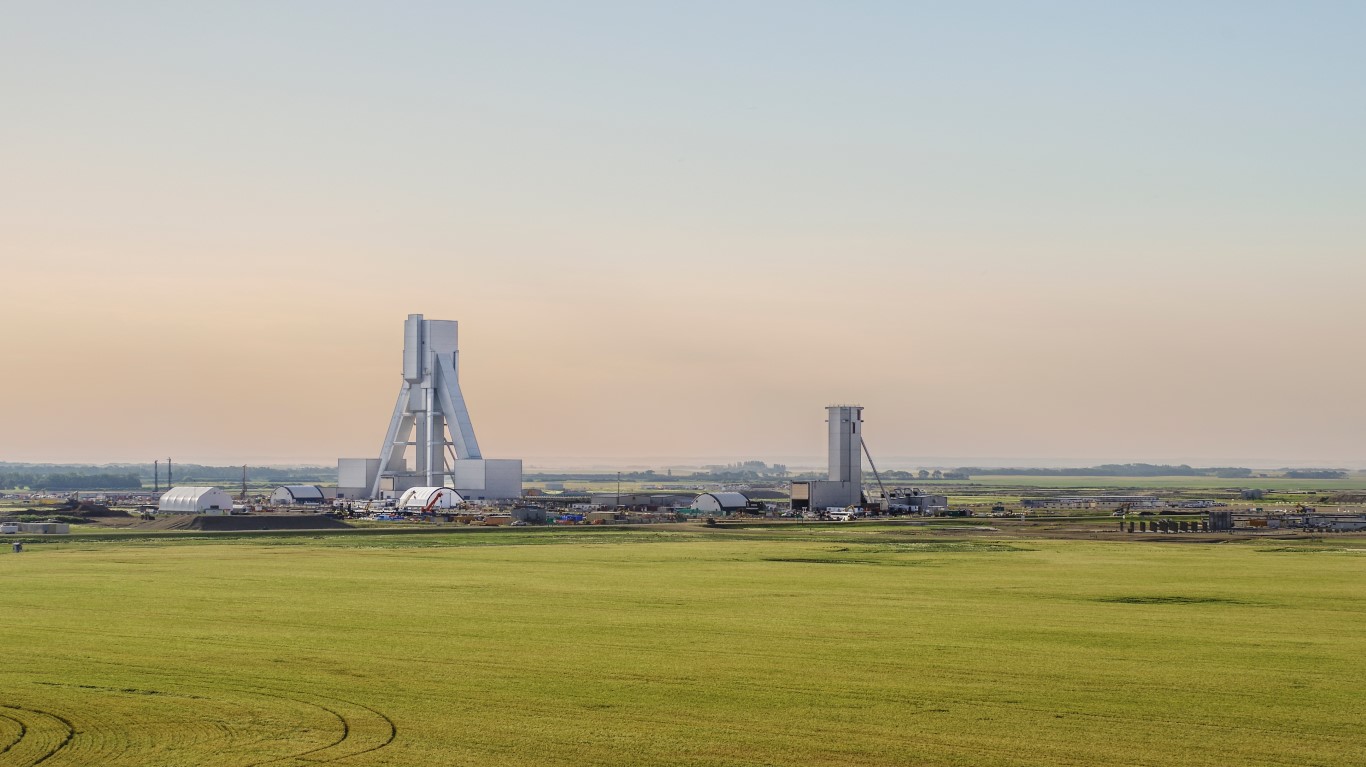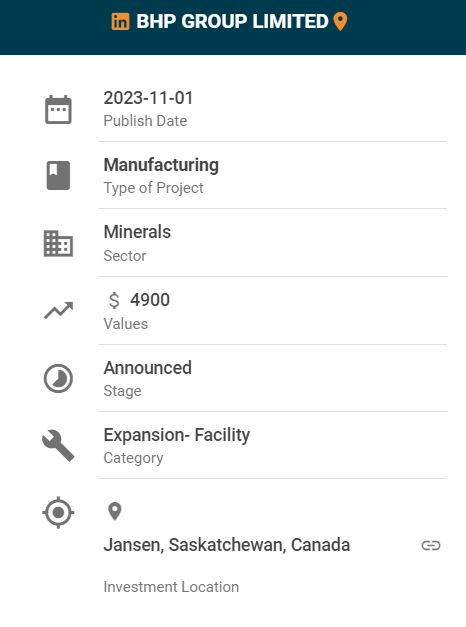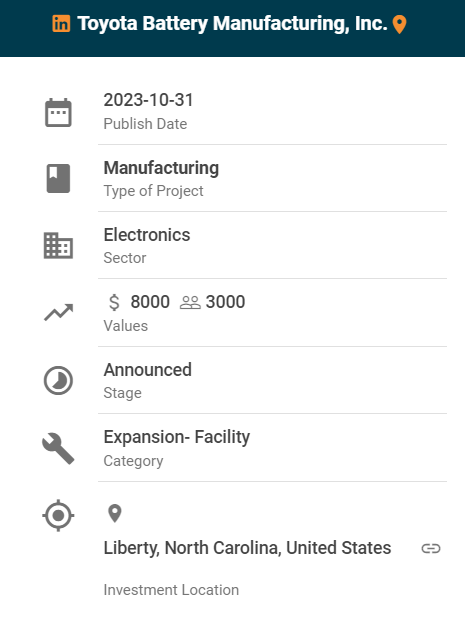|
|||||
|
|||||
|
|||||
|
Lehi, Utah |
|||||
|
|||||
|
|||||
|
Jansen, Saskatchewan, Canada |
|||||
|
|||||
|
|||||
|
Liberty, North Carolina |
|||||
|
|||||
|
|
Project Bulletin

